I’ve wanted to join a Tribes & Treks excursion ever since I moved to the Philippines. Nearly two years later, I finally made it onto a tour. Was it worth the wait? Yes. Should I have gone sooner? Also yes.
My friends at MAD Travel (“Mad” stands for “make a difference”) carefully developed the Tribes & Treks tour as an experiment in sustainable community tourism that would offer support to the Aetas, an indigenous people group who call the mountains of Zambales home.
Environmental catastrophe struck this beautiful region in 1991, when volcanic Mount Pinatubo erupted violently… killing hundreds (including many Aetas), and spewing ash into the atmosphere that reached as far as North America and Russia. Eventually the Aetas resettled the surrounding land, but they are still dealing with the aftermath. A lack of trees – once heavily rainforested hillsides are now dotted with just a few scraggly saplings- mean that the Aeta community is extremely vulnerable to flooding and has less abundant natural resources to make a livelihood.
MAD Travel has the ambitious goal of harnessing responsible tourism to reforest 3000 hectares of land (about 11 square miles). Aside from the obvious draw of visiting the Aeta community (I’m always a fan of learning and respectful cultural exchange through well-planned community tourism), that’s what piqued my interest.
Arriving in Zambales, as always, felt like coming home. I lived in Zambales in 2009 while working at an NGO so the beaches, the mountains, the people feel warm and familiar.
Andrew and I bused from Manila to the jump-off point for the tour, Circle Hostel. There, we met up with Andrea, our MAD Travel guide, and the rest of the travelers who were joining the trek. After a quick jeepney ride until there were no longer any roads to travel on, we set off on foot through flat, sandy terrain with tall, feathery-plumed grass waving above our heads. We’d been joined by members of the Aeta community driving two Carabao carts, which we’d be grateful for near the end of our trek under the blazing sun.
Our first destination was the nursery where MAD Travel guests and the Aeta community work together to bring life back to the surrounding mountainside. After Andrea told us the story of the area’s history, MAD Travel’s goals in creating a better future for the area, and answered our questions about the reforestation project, we set to work.
Our group of travelers was small, but competitive, and planted 525 trees in just a few hours. They’ll stay in the nursery until they’re strong enough to thrive, and then they’ll be planted in the ground by members of the Aeta tribe (who are, of course, paid for their work as planters and caretakers through proceeds of Tribes & Treks tours).
As it neared the middle of the day, it was time to set off again- this time even further down the riverbed to the Aeta community. When we arrived, we were warmly welcomed with an enormous feast prepared by the local women.
There are a few factors that give me a huge amount of respect for the way that MAD Travel has chosen to operate. First, there’s no “poverty porn” or gawking allowed. Guests are schooled in the proper way to interact (be polite, don’t snap photos without permission, treat your fellow human beings with respect and equality) before arriving in the community and care is taken to protect the community against carelessness on the part of visitors.
Second, it’s obvious that the input of the Aeta community has been valued in the creation of the program. Trust has been built. When the program first started, rather than coming in as outsiders and telling the community what they needed to do to revitalize their land, the MAD team sent Aeta tribal leaders to pay a visit to another indigenous tribe that had successfully re-grown their forests. No one is coerced to participate, and some community members choose not to.
After lunch, members of the tribe introduced us to various elements of their traditional culture. Andrea explained to us that before MAD Travel began developing Tribes & Treks, only the very eldest members of the Aeta tribe remembered their traditional songs and dances. Through the program and being encouraged to share their traditions with outsiders, the children of the community have now picked up the remnants of these cultural expressions.
We were encouraged to try our hand at shooting the tribes’ handcrafted bow and arrows. I didn’t manage to hit the target (in my defense, it was a narrow tree trunk!), and don’t think I would be much good at hunting for food in the mountains.
The children and a few of the adults performed traditional dances and a few songs for us, pulling us out of our seats to join them. We were encouraged, in turn, to share our own “talents” so I whipped out my best rendition of “hawak kamay” and taught everyone how to play “duck, duck, grey duck” (what could be a better representation of a childhood in the midwest).
The entire encounter was wildly joyful- it was easy to see that the community enjoyed their visitors. The men chuckled at our archery and dancing attempts, and the women introduced us to their kids and sold us produce and wild honey and bamboo straws.
As we said our goodbyes and headed back to town after our long day of adventure, our group laughed and chatted and basked in that warm glow that one gets after doing something concrete to help out Mother Earth. Our trip only lasted a day, but the trees we planted will be there for many, many years, helping the land and the people who inhabit it to thrive.
Tribes and Treks Zambales is a joint partnership of Mad Travel, The Circle Hostel with the Municipality of San Felipe, Zambales and the Hineleban Foundation.


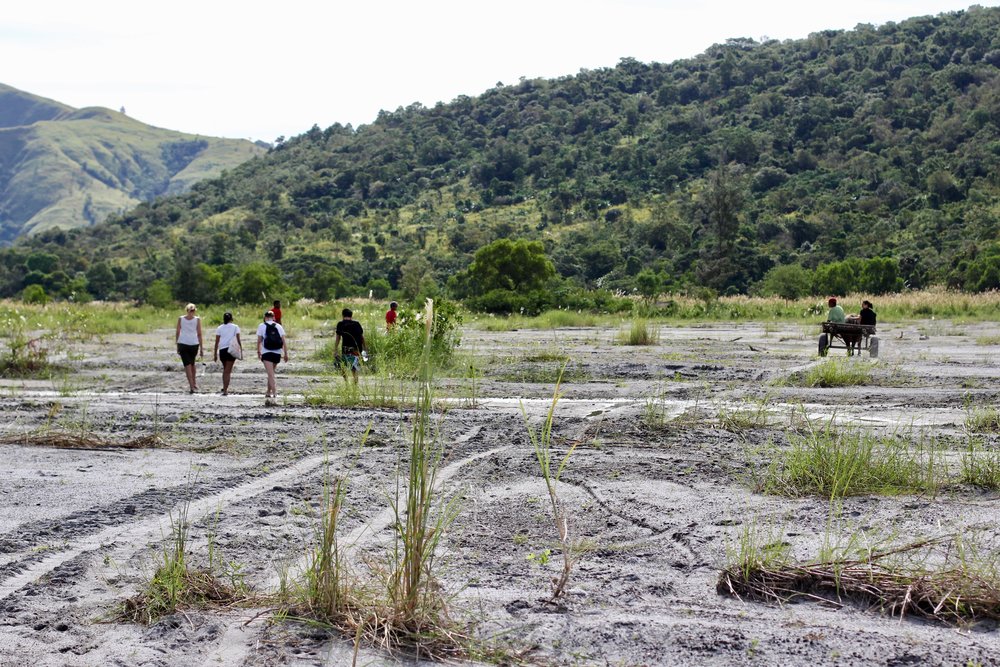
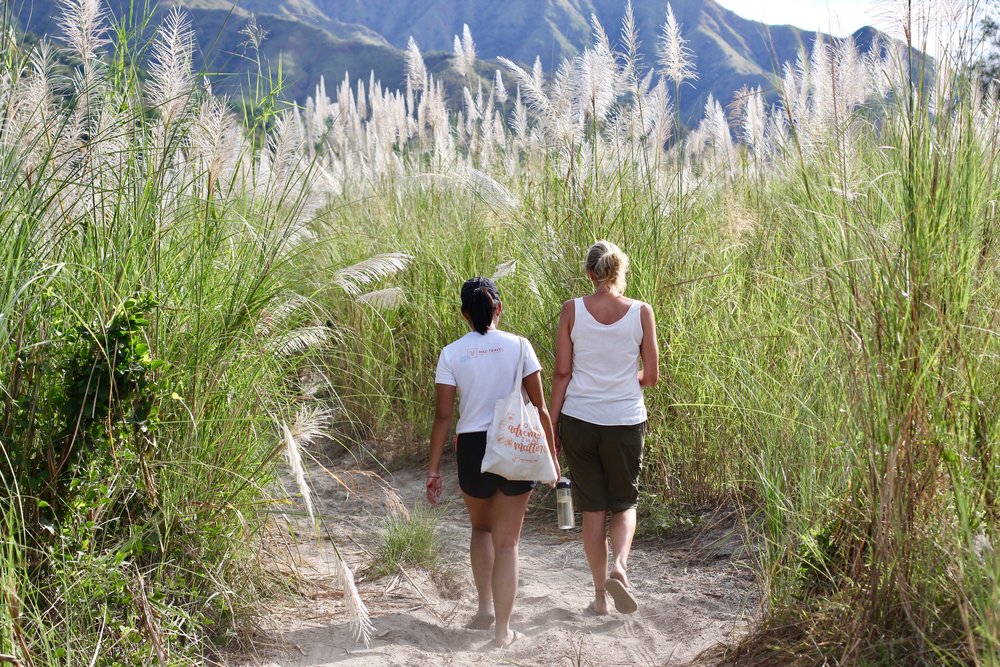
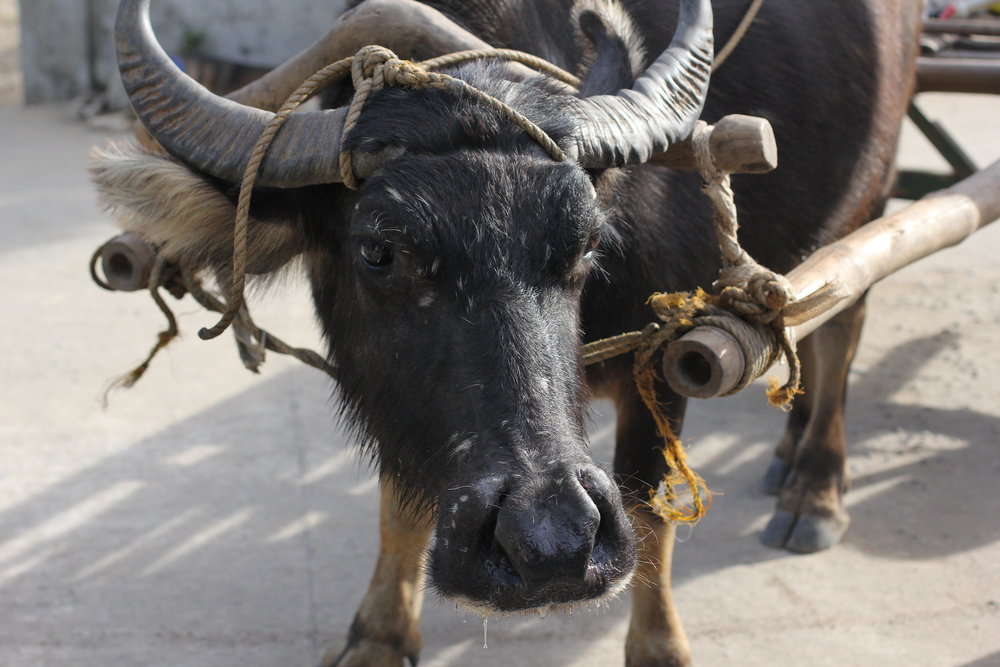
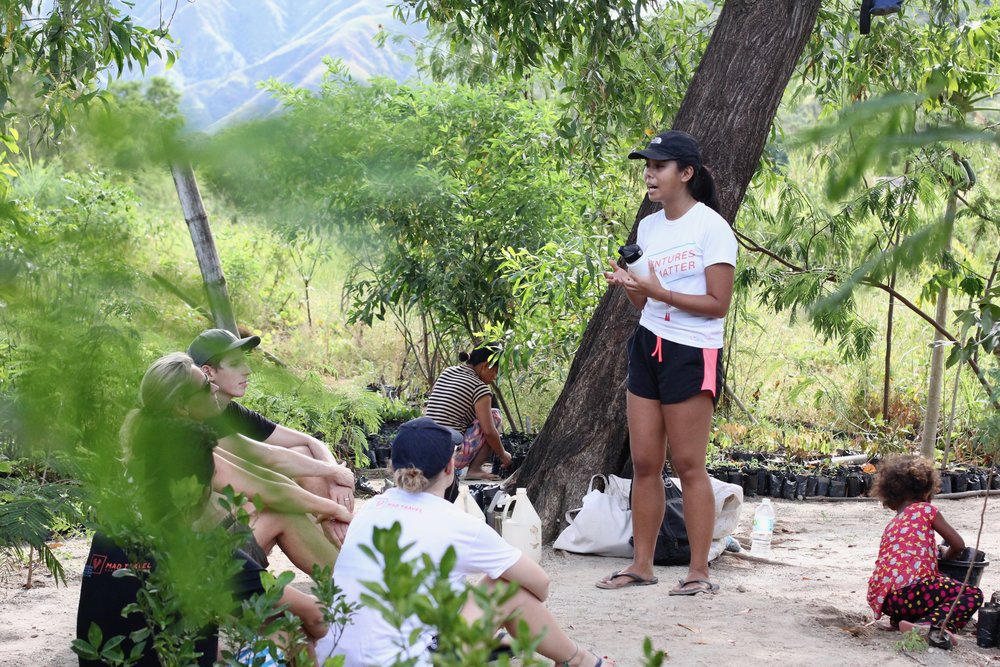
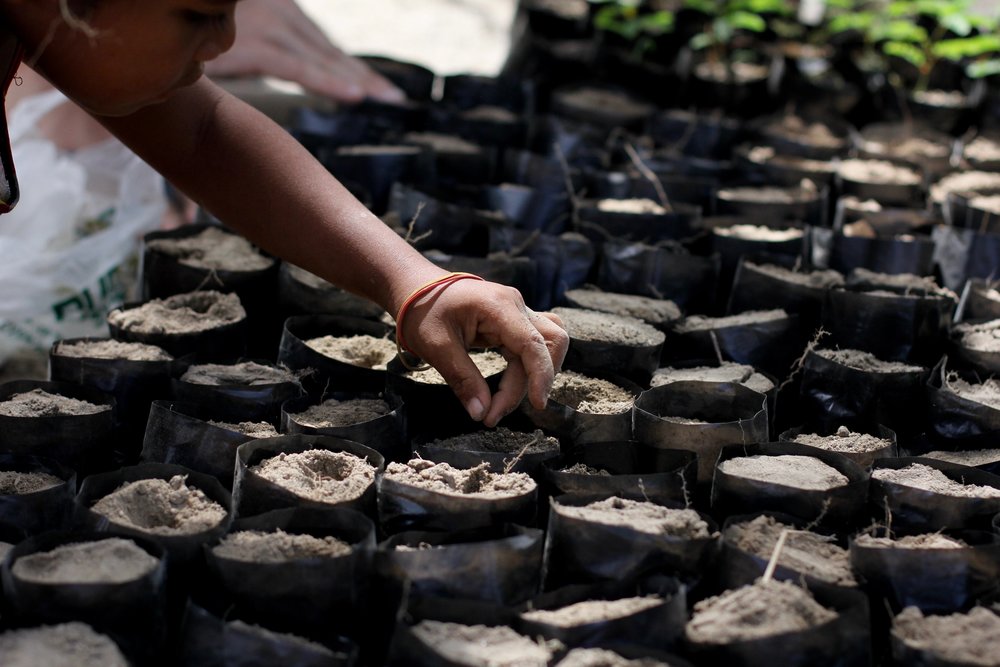

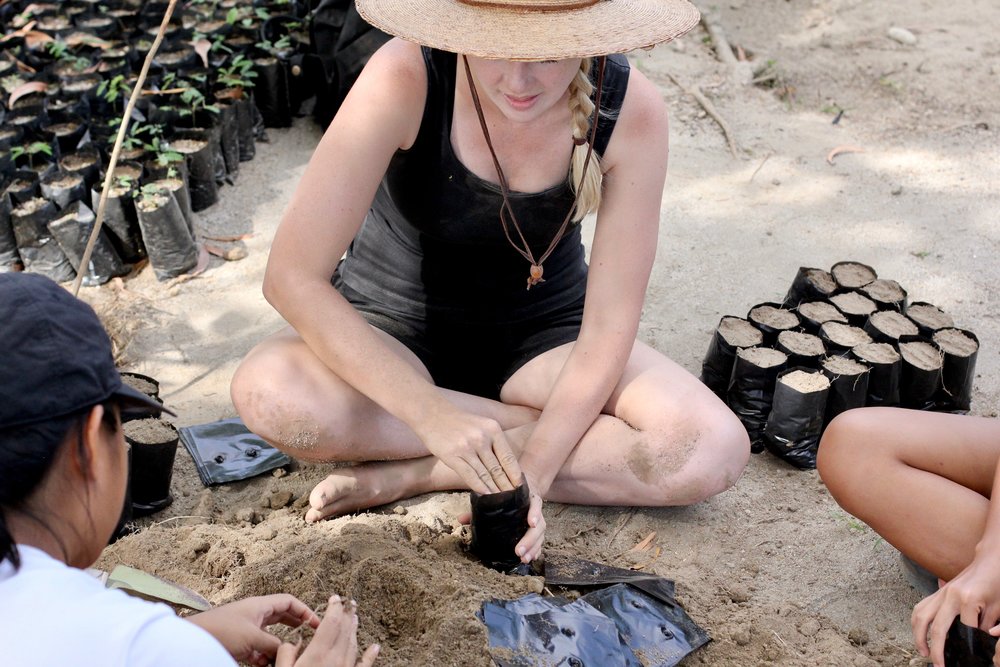

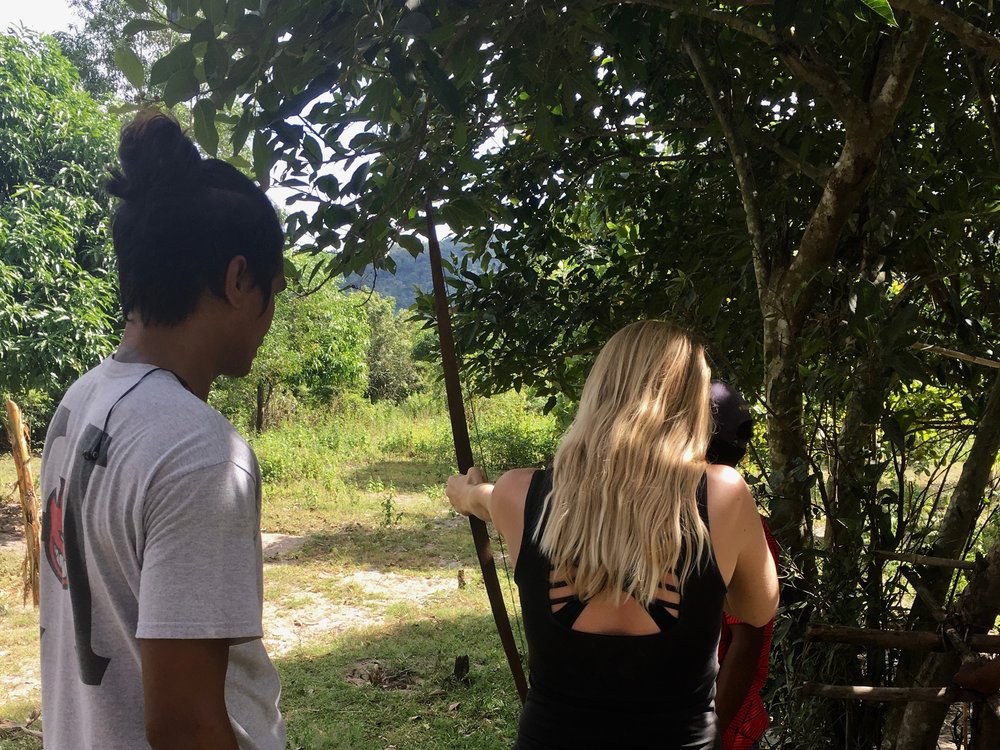
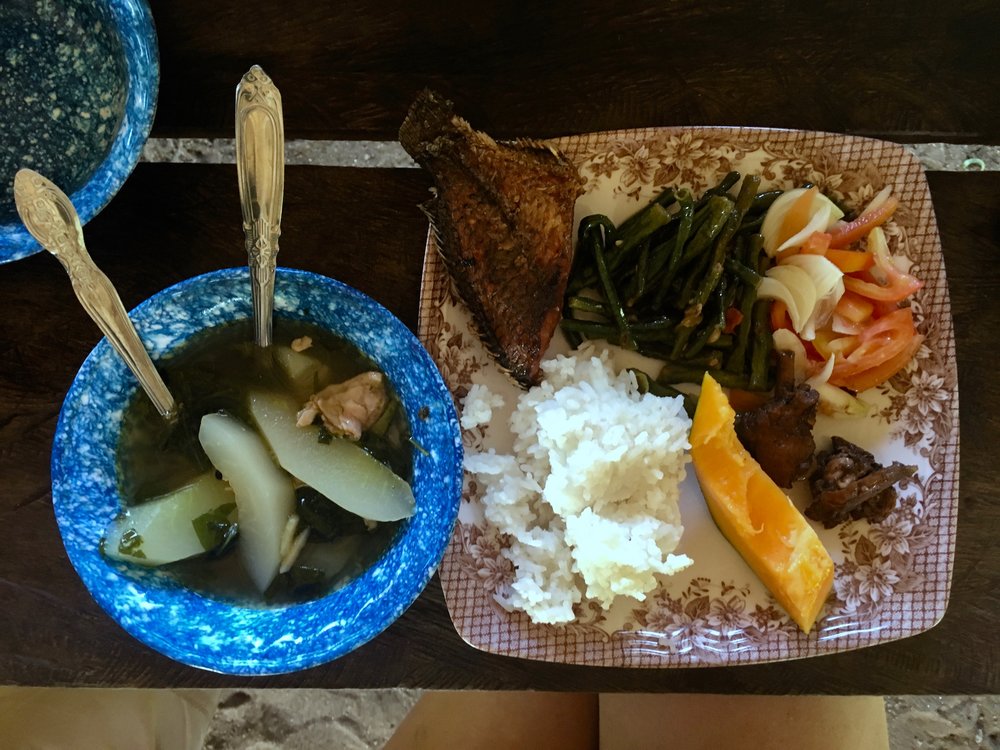
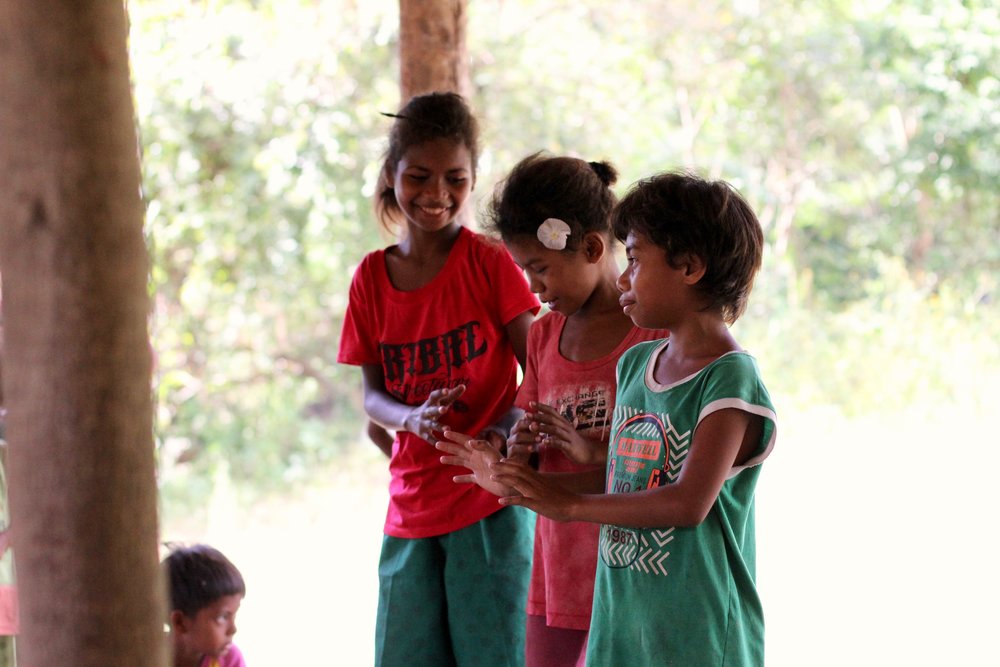

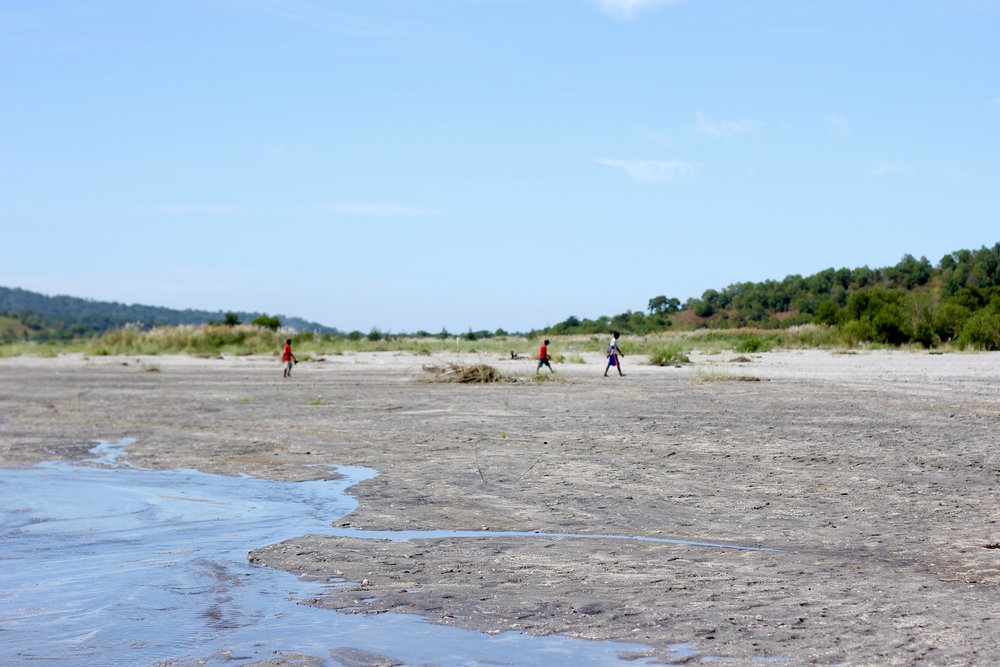
0 comments